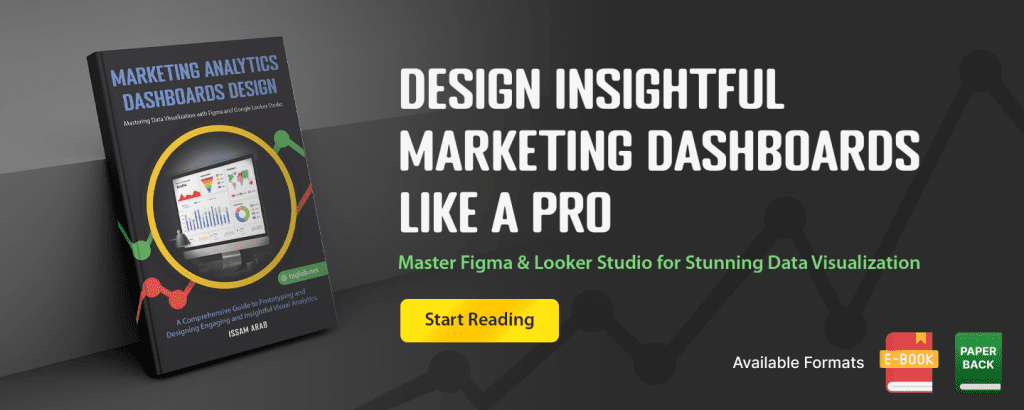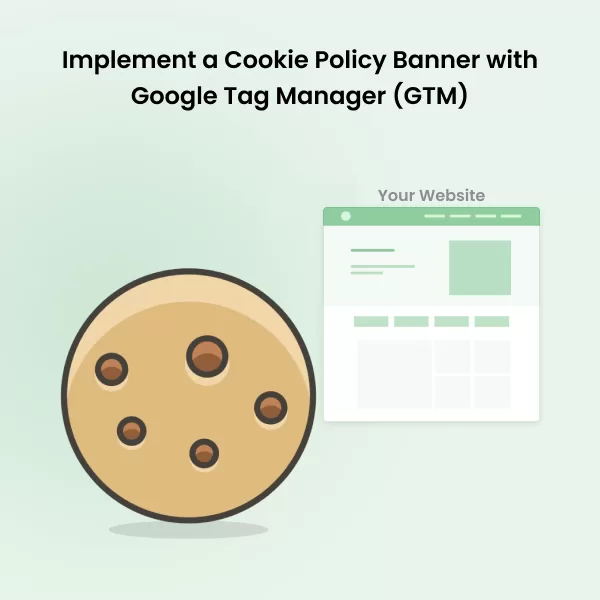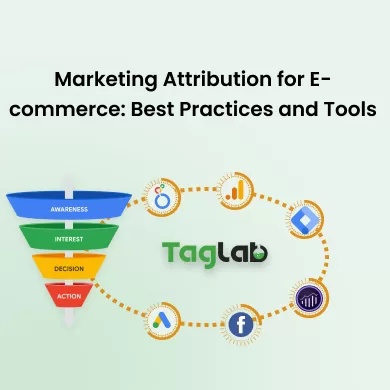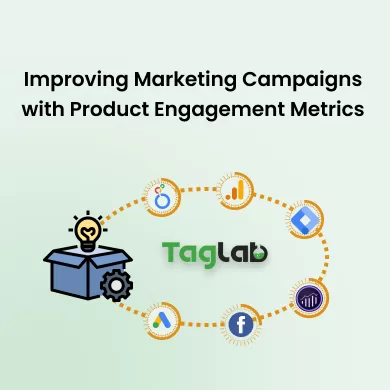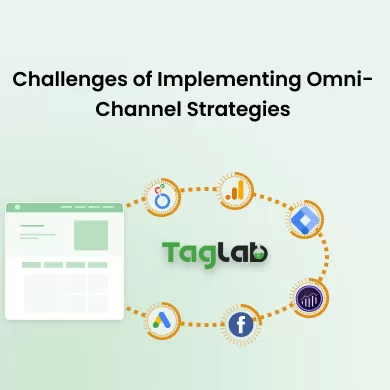Your cart is currently empty!
Paid Search Conversion Rate
Posted by:
|
On:
|
Paid Search Conversion Rate is a key performance indicator (KPI) that measures the percentage of clicks on paid search ads that result in a desired action, such as a purchase or sign-up. This metric helps businesses evaluate the effectiveness of their paid search campaigns in driving conversions.
Detailed Explanation
What is Paid Search Conversion Rate?
Paid Search Conversion Rate is calculated by dividing the number of conversions generated from paid search ads by the total number of clicks on those ads, then multiplying the result by 100 to get a percentage. A higher conversion rate indicates that the paid search ads are effectively driving the desired actions from the audience.
How it Works?
Paid Search Conversion Rate provides insights into how well a paid search campaign is performing in terms of converting clicks into desired actions. By analyzing conversion rates, businesses can identify which keywords, ad copy, and landing pages are most effective in driving conversions. Consistently high conversion rates suggest that the paid search strategy is well-targeted and optimized.
Types of Paid Search Conversions
- Product Purchases: The percentage of ad clicks that result in a purchase.
- Lead Generation: The percentage of ad clicks that result in a lead capture (e.g., form submission).
- Sign-Ups: The percentage of ad clicks that result in a user signing up for a service or newsletter.
Illustrative Scenarios
Examples
- If a paid search campaign receives 1,000 clicks and results in 50 purchases, the Paid Search Conversion Rate is (50/1,000) x 100 = 5%.
- If another campaign receives 500 clicks and generates 25 lead captures, the Paid Search Conversion Rate is (25/500) x 100 = 5%.
Segmentation
Analyzing Paid Search Conversion Rate by different segments (e.g., by keyword, ad group, or demographic) can provide deeper insights. For example, comparing conversion rates across different keywords can help optimize bidding strategies and ad copy.
Factors Influencing Paid Search Conversion Rate
- Ad Relevance: Ads that closely match user intent and search queries tend to have higher conversion rates.
- Landing Page Quality: Well-designed, relevant landing pages with clear calls to action can increase conversion rates.
- Keyword Selection: Choosing the right keywords to target can impact conversion rates.
- Ad Copy: Compelling ad copy that highlights the value proposition can boost conversion rates.
- User Experience: A seamless user experience from ad click to conversion can improve conversion rates.
Strategies to Improve Paid Search Conversion Rate
- Optimizing Ad Copy: Craft compelling ad copy that clearly communicates the value proposition and matches user intent.
- Improving Landing Pages: Ensure landing pages are relevant, well-designed, and optimized for conversions with clear calls to action.
- Targeting the Right Keywords: Use keyword research to identify high-intent keywords and refine targeting strategies.
- Utilizing A/B Testing: Conduct A/B tests on ad copy, landing pages, and targeting to identify the most effective elements.
- Enhancing User Experience: Ensure a smooth and intuitive user experience from ad click to conversion.
Paid Search Conversion Rate Benchmarks
Paid Search Conversion Rate benchmarks vary by industry and type of conversion. For example:
- E-commerce: Typically have conversion rates ranging from 2% to 5%.
- Finance and Insurance: Conversion rates often range from 5% to 10%.
- Technology: Conversion rates usually range from 3% to 7%.
Comparing your Paid Search Conversion Rate against industry standards can help gauge performance and set realistic goals.
Tools for Measuring Paid Search Conversion Rate
- Google Ads: Provides detailed conversion tracking and analysis for paid search campaigns.
- Bing Ads: Offers comprehensive conversion tracking and reporting for paid search campaigns on Bing.
- Google Analytics: Integrates with paid search platforms to provide insights into conversion rates and user behavior.
Common Pitfalls and Mistakes
- Ignoring Ad Relevance: Failing to match ads to user intent can result in lower conversion rates.
- Poor Landing Page Design: Landing pages that are not optimized for conversions can hurt conversion rates.
- Neglecting Keyword Research: Not targeting the right keywords can lead to ineffective campaigns.
- Overlooking A/B Testing: Failing to test and optimize ad elements can result in missed opportunities for improvement.
- Inconsistent Tracking: Inaccurate or inconsistent conversion tracking can lead to unreliable data and insights.
Frequently Asked Questions
What is Paid Search Conversion Rate?
Paid Search Conversion Rate measures the percentage of clicks on paid search ads that result in a desired action, such as a purchase or sign-up. It is calculated by dividing the number of conversions by the total number of clicks, then multiplying by 100.
Why is Paid Search Conversion Rate important?
Paid Search Conversion Rate is important because it helps businesses evaluate the effectiveness of their paid search campaigns in driving conversions. Higher conversion rates indicate more successful campaigns.
How can I improve my Paid Search Conversion Rate?
Improving Paid Search Conversion Rate can be achieved by optimizing ad copy, improving landing pages, targeting the right keywords, utilizing A/B testing, and enhancing the user experience.
What factors influence Paid Search Conversion Rate?
Factors influencing Paid Search Conversion Rate include ad relevance, landing page quality, keyword selection, ad copy, and user experience. Addressing these factors can help increase conversion rates.
What is a good benchmark for Paid Search Conversion Rate?
A good benchmark for Paid Search Conversion Rate varies by industry. E-commerce typically ranges from 2% to 5%, finance and insurance from 5% to 10%, and technology from 3% to 7%. Comparing against industry benchmarks can help set realistic goals.
